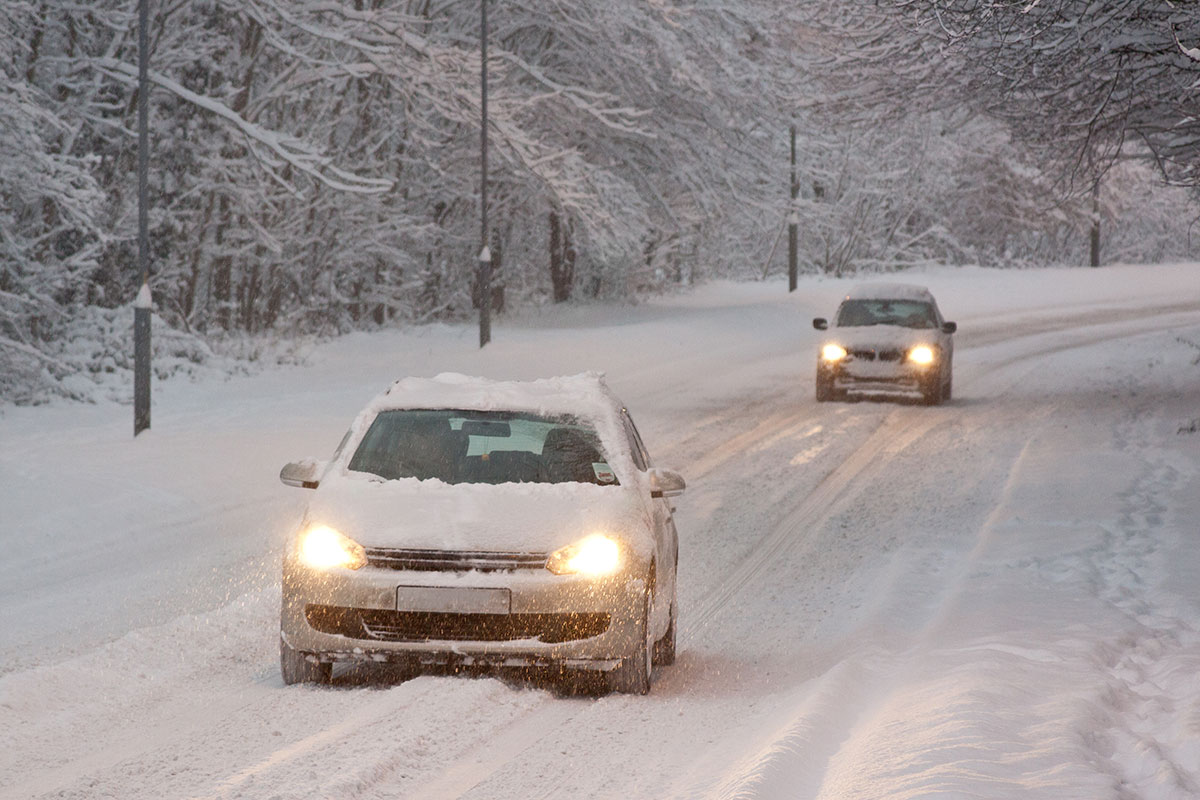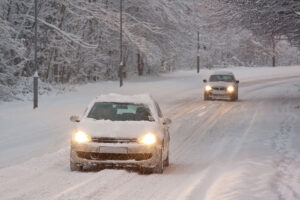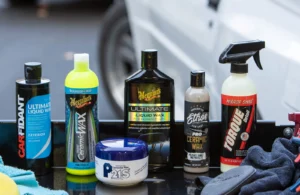When winter approaches, most people focus on preparing their homes and wardrobes for the cold. However, they often overlook a critical aspect of winter preparation—car care. One of the simplest yet most effective ways to protect your vehicle from the harsh winter elements is by waxing it before the first snow falls. While it might seem unnecessary to some, waxing your car before winter provides essential protection that extends the life of your vehicle’s exterior and preserves its appearance. Here’s why waxing is not just a cosmetic job but a necessary task for winter maintenance.
Winter Weather Wreaks Havoc on Your Car’s Paint
The freezing temperatures, ice, snow, and road salt associated with winter weather can significantly damage your car’s exterior. The paint on your car acts as the first line of defense against environmental factors, and without proper protection, it can start to deteriorate. In winter, this deterioration accelerates as the combination of moisture and salt create the perfect conditions for rust formation. The abrasive action of snow and ice, combined with the chemicals used to melt them on the roads, can strip away your car’s paint and leave it vulnerable to corrosion. Waxing forms a protective barrier that shields the paint from these harsh elements, acting as a sacrificial layer that takes the damage, so your car’s paint doesn’t have to.
Salt and Chemicals Can Corrode Your Car’s Surface
Road salt is a common element of winter driving in many regions. While it is crucial for improving traction on icy roads, it is detrimental to your car’s bodywork. Salt is highly corrosive and can accelerate rusting and degradation of the metal underneath the paint. The paint itself is vulnerable to chipping, especially in areas like the fenders, hood, and the lower parts of the doors, which are more exposed to road debris. Once the salt finds its way into these chipped areas, it can begin to corrode the metal beneath. Applying a layer of wax helps to seal the paint, preventing road salt from penetrating the surface and causing long-term damage.
Wax Acts as a Water Repellent
Winter brings an abundance of moisture, whether it’s from snow, sleet, or freezing rain. Moisture is one of the worst enemies of your car’s exterior, as it can seep into cracks and scratches in the paint, leading to rust. Waxing your car before winter works as a water repellent, making it harder for water to stick to the surface. When water droplets hit a waxed car, they bead up and roll off rather than staying on the surface and seeping into vulnerable areas. This helps in reducing the chances of water freezing on the car, which can also lead to the expansion of small chips or cracks in the paint.
Protecting Your Car’s Clear Coat Layer
Modern cars typically come with a clear coat layer that adds shine and offers some protection to the paint underneath. However, this clear coat is not invincible, especially during the harsh winter months. Over time, exposure to UV rays, salt, and other environmental elements can cause this clear coat to break down, dulling your car’s finish. A high-quality wax applied before winter helps to preserve this clear coat, keeping your car looking shiny and new. Not only does this improve the aesthetic appeal of your vehicle, but it also maintains the resale value, as a well-maintained car will attract higher offers when it comes time to sell.
Waxing Makes Your Car Easier to Clean During Winter
One of the most frustrating aspects of winter is how dirty your car can get from driving through slush, mud, and salt-covered roads. Without a protective wax layer, this grime can stick to your car’s surface, making it harder to clean and even causing scratches when you try to scrub it off. Waxing your car before winter makes it much easier to keep clean throughout the season. The wax creates a smooth surface that prevents dirt and grime from adhering as strongly to the paint. This means that when you wash your car, the dirt comes off more easily, reducing the need for abrasive scrubbing that can damage the paint.
Waxing Reduces the Impact of Freezing Temperatures on Your Car
Freezing temperatures can take a toll on many parts of your car, including its paint. When temperatures drop, the materials that make up your vehicle can contract and expand, leading to the formation of cracks in the paint. These cracks, while small at first, can expand as moisture seeps in and freezes, leading to rust over time. By waxing your car, you add an extra layer of insulation to the surface, helping to reduce the impact of temperature fluctuations. This added protection can keep your paint intact and prevent the formation of cracks that can turn into larger problems.
Maintaining the Gloss and Shine of Your Vehicle
Winter is not just about protecting your car from physical damage; it’s also about keeping it looking good. Winter grime can make even the cleanest car look dull and neglected. Waxing your car before winter ensures that it maintains a glossy finish throughout the colder months. The wax helps to enhance the color and shine of your vehicle, preventing it from becoming dull and lackluster. Even after driving through snowy and salty roads, your car will retain its polished appearance, making it easier to take pride in its look even during the dreariest months of the year.
Wax Protects More Than Just Paint
While paint protection is the most obvious benefit of waxing, it also protects other surfaces of your car. Wax can provide a barrier on plastic and rubber surfaces like trim, headlights, and even wheels, preventing them from fading or cracking in extreme weather conditions. These parts of your vehicle are just as susceptible to damage from the elements, and a good coat of wax can prolong their lifespan. By ensuring that all exterior surfaces are protected, you are safeguarding the overall integrity and appearance of your car for years to come.
Waxing Is a Cost-Effective Form of Winter Protection
One of the best reasons to wax your car before winter is that it is a relatively inexpensive form of protection. Compared to the potential costs of repairing rust, paint chips, or even having your car repainted, waxing is a small investment that can save you significant amounts of money in the long run. The time and effort it takes to apply wax—whether you do it yourself or have it done by a professional—is minimal compared to the cost of bodywork or rust repair. By taking a proactive approach to car maintenance, you can avoid expensive repairs and extend the life of your vehicle’s exterior.
Conclusion
Waxing your car before winter is not just about keeping it shiny; it’s about protecting one of your biggest investments from the harsh conditions that come with the colder months. From safeguarding against salt corrosion to making your car easier to clean and maintaining its resale value, the benefits of waxing are clear. As winter approaches, adding a layer of wax to your car is one of the most effective ways to ensure that it stays in top condition, both in appearance and in function. So, before the first snowflake falls, make waxing your car a priority, and enjoy the peace of mind that comes with knowing your vehicle is well-protected.



